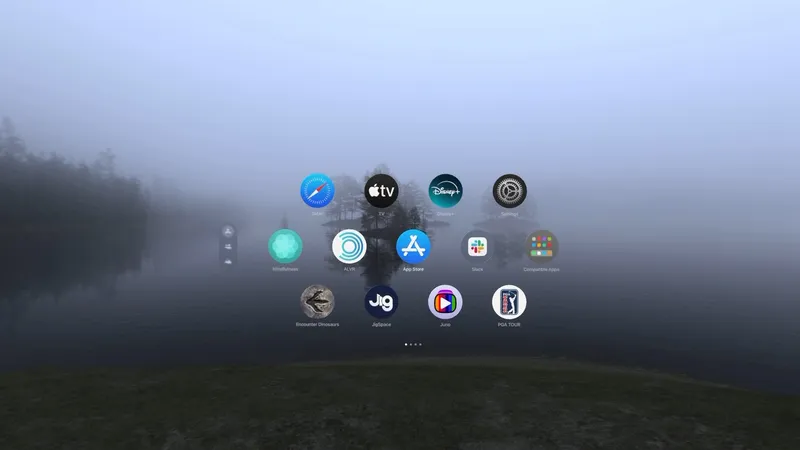VR Air Bridge promised to make wireless PC VR on Quest 2 easy and eliminate hitches. We tested it to find out if that’s actually true.
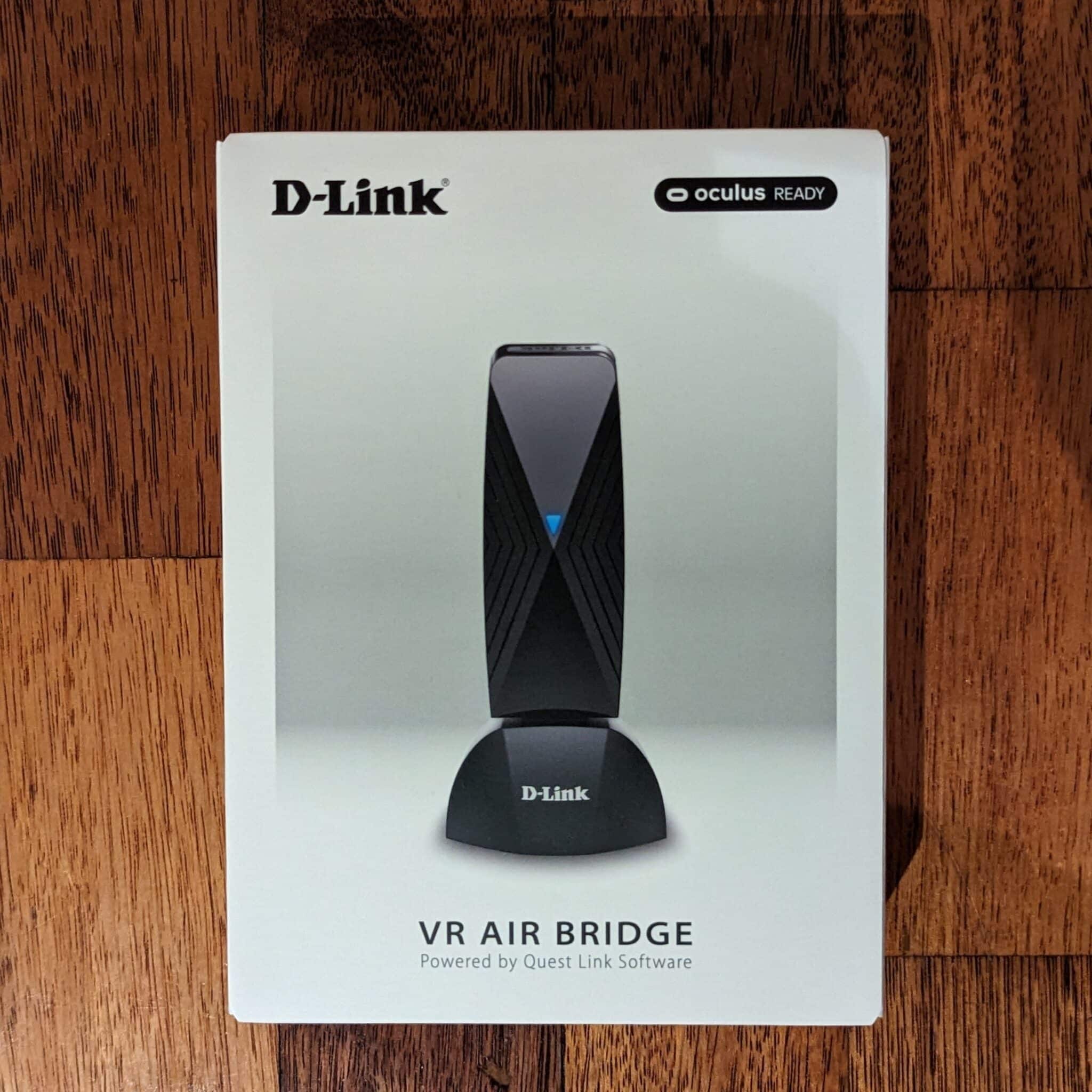
The existing Air Link is a Quest feature that lets the device act as a wireless PC VR headset via your Wi-Fi network. It was shipped as a software update in early 2021, but third-party alternatives like Virtual Desktop and ALVR have been available since the release of the original Oculus Quest in mid-2019. Using your home Wi-Fi network rather than a dedicated dongle presents several issues though. The signal can be degraded by the distance to the router or obstacles like solid walls, and frames can be dropped or delivered late if too many other devices are congesting the network.
D-Link’s $100 adapter creates a direct Wi-Fi 6 link between your PC and headset, in theory avoiding network congestion and signal propagation issues. But does it really work?
In the box, you’ll find the adapter itself and its cradle with a built-in 2 meter extension cable. This lets you position the antenna to get an uninterrupted direct view of your headset for the best possible signal quality.
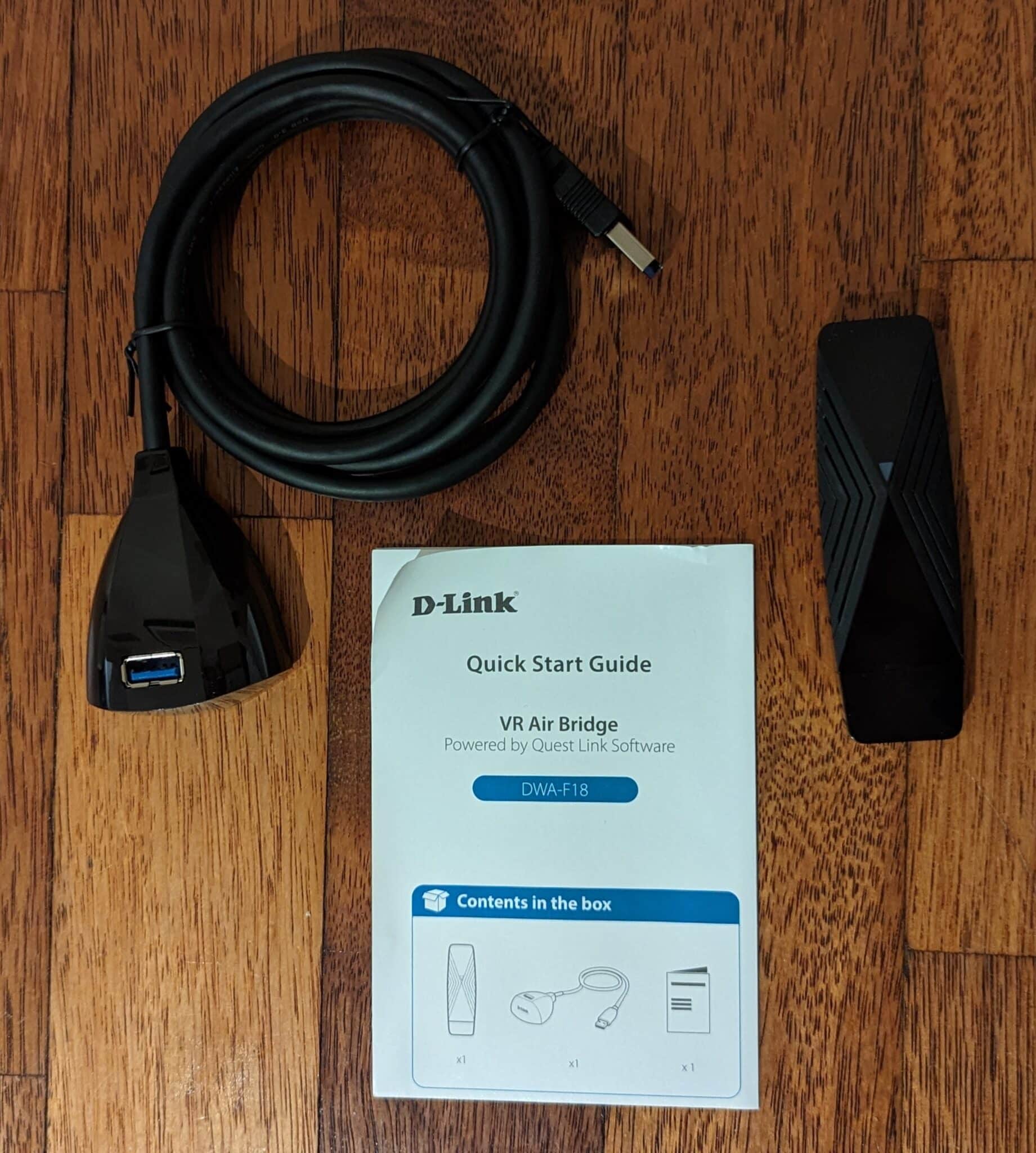
When you first connect the adapter to your PC you’ll be prompted by Windows to reboot for it to function. If you miss this prompt you may end up frustrated as you won’t realize why it’s not working.
After rebooting, to set VR Air Bridge up you open the Oculus PC app. But rather than being greeted with some kind of seamless 1-click setup or pairing with your Quest 2, you’re prompted to choose a password to set up what’s essentially a standard Wi-Fi network.
To connect from your headset, you’ll have to type this password inside VR. And if you factory reset your headset or get a new one in future, you’ll need to remember it and type it in again. Air Bridge was billed as a fully integrated solution, but that’s simply not the case. It seems to just mostly be a sleeker UI wrapping the existing Wi-Fi Direct feature of Windows.
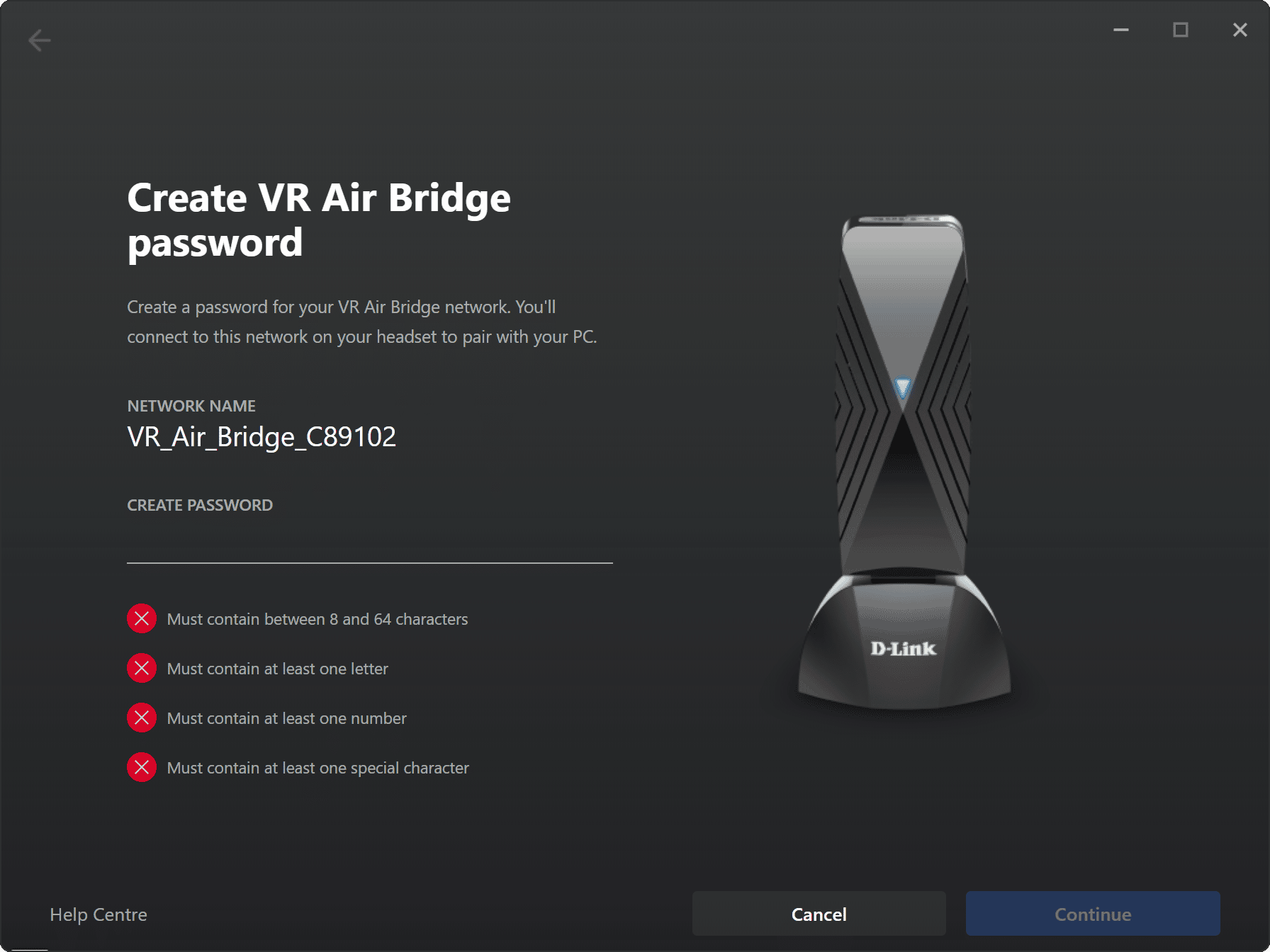
This also means you have to switch Wi-Fi networks in your headset whenever you want to switch between using Quest 2 for PC VR and standalone. Despite the name, VR Air Bridge doesn’t pass through your PC’s internet connection.
Using VR Air Bridge for both Rift and SteamVR gaming, the performance was essentially flawless. I didn’t experience any dropped frames from the network, only regular dropped frames – those the GPU failed to render on time.
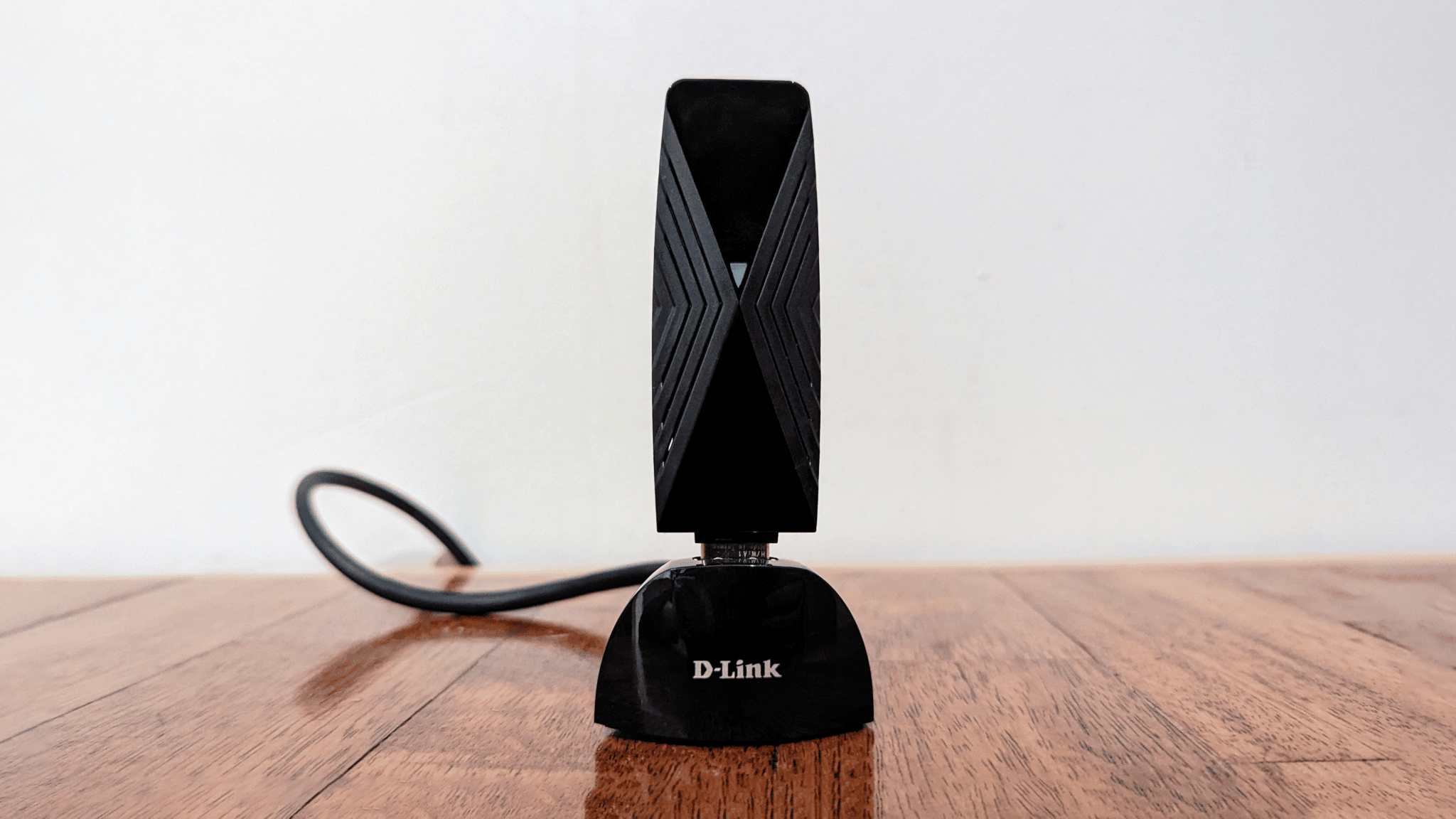
But is buying this $100 adapter actually a better idea than getting a Wi-Fi 6 router or access point? It really comes down to where your PC VR setup is in your home.
If your VR space is right beside your router and your PC is wired to it, it’s both easier and cheaper to just swap your old router out. You can get a Wi-Fi 6 router for around $50 now, or even lower if you buy on a sale. A new router will also work with other devices and other software: VR Air Bridge doesn’t even work with Meta’s own Quest Pro yet, and it doesn’t work with 3rd party tools like Virtual Desktop. Developer Guy Godin says Virtual Desktop may work if you manually enable Internet Connection Sharing (ICS) in Windows, but I wasn’t able to get this to work on my PC.
But if your PC VR playspace is far from your router, setting up a high quality wireless setup with an access point is a lot more involved. You’ll need to buy and use powerline adapters, or run ethernet across multiple rooms. And if you use a laptop, you’ll also need to remember to wire it up each time for the optimal experience. In any of these scenarios, VR Air Bridge’s convenience makes it an ideal solution – but that convenience comes at a cost.





